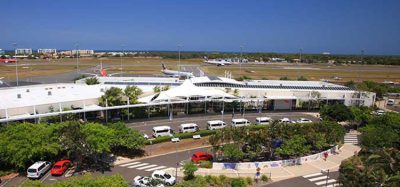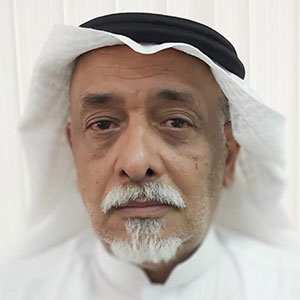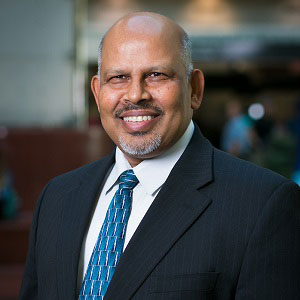ICAO ‘determined’ to close skills gap
Posted: 6 December 2017 | International Airport Review | No comments yet
Broadening the scope of aviation education, reaching younger people and women may be the key to closing the skills gap emerging in the air transport sector, the ICAO chief has said.


AVIATION EDUCATION: 80 per cent of the 62,000 pilots who will be flying in 2036 haven't started training yet
The General Secretary of the International Civil Aviation Organization (ICAO) has said that her group is fully committed to reducing the skills gap in the aviation industry.
Dr Fang Liu made the comments in a speech at the inaugural Next Generation of Aviation Professionals (NGAP) summit in Montreal.
She said: “My colleagues and I are very determined to attract, train and retain the best and the brightest that our coming generations have to offer to manage the growth of the global air transport network.
Join us live: Shaping the Next Generation of Hold Baggage and Air Cargo Screening
Join us live for an insightful webinar on 11th December at 14:00 GMT, in collaboration with Smiths Detection, as we explore the strategic balance of operational efficiency, regulatory compliance, and sustainability in high-volume security environments.
This session offers a focused look into future-proofing your security strategy.
Key learning points
- Cost Reduction: Strategies to minimize bag travel time while simultaneously reducing operational costs.
- Regulatory Roadmap: Insights into the next wave of regulatory changes and their impact on future investment decisions.
- Sustainable Systems: Practical approaches to building sustainability into security systems and lowering the total cost of ownership (TCO).
- Scalable Solutions: Real-world examples of scalable systems supporting current airport growth and preparing for tomorrow.
Register now for expert insights, case studies, and actionable strategies on operational efficiency!
“By 2036, some 620,000 pilots will be needed across our global network, and no less than 80 per cent of these aviators will be new pilots, not yet flying today.
“A similar story is playing out with respect to the future air traffic controllers, cabin crew, maintenance personnel and other skilled technicians needed.”
Among the solutions proposed during the event was the need to establish a network of educational institutions to support related youth attraction initiatives and related research and analysis on sector-wide human resources development metrics.
Participants underlined the need to enhance ICAO’s leading role with respect to educational and training programmes focused on the needs of next generation aviation professionals.
“We need to broaden our scope and begin instilling greater aviation awareness in high school and younger students, and especially in young girls,” Dr. Liu added, with her gender-focused points being supported through a UNESCO ‘Think Pink Hat’ session held on the sidelines of the summit. These aimed to instil STEM education and career excitement in young girls, and some 60 students from 19 schools took part in the edition carried out during the ICAO NGAP event.
In addition to the summit and its core objectives of forging more productive and focused links between global aviation and the education and industry sectors, ICAO conducted a Model ICAO Forum during the event. It aimed at raising university-level awareness on the role of the organisation on the international stage and the challenges associated with forging global consensus on air transport governance issues.
Student Model ICAO participants also benefited from speed mentoring sessions with attending professionals, and career exhibits by a number of air transport and industry organisations.
The government of Qatar supported the Summit’s goals by formalising a new Memorandum of Understanding (MoU) for a new aviation scholarship, and in a similar vein Ukraine’s National Aviation University signed a MoU with ICAO for several new aviation internships.
A new strategic partnership with UNESCO also resulted from the Summit, enabling the two United Nations agencies to explore educational opportunities across a wider range of aviation professions, and to develop stronger links with the related United Nations SDGs.
In his closing Summit remarks, ICAO Air Navigation Bureau Director Mr. Steve Creamer thanked the many organizations who made the 2017 Summit possible, while recognizing the challenges to come.
“ICAO is under no illusions. We know that everything we need to pursue in this domain will require resources, expertise and enhanced communication and cooperation,” he remarked, “but we also know that we can assure a successful outcome by working together.”
Stay Connected with International Airport Review — Subscribe for Free!
Get exclusive access to the latest airport and aviation industry insights from International Airport Review — tailored to your interests.
✅ Expert-Led Webinars – Gain insights from global aviation leaders
✅ Weekly News & Reports – Airport innovation, thought leadership, and industry trends
✅ Exclusive Industry Insights – Discover cutting-edge technologies shaping the future of air travel
✅ International Airport Summit – Join our flagship event to network with industry leaders and explore the latest advancements
Choose the updates that matter most to you.
Sign up now to stay informed, inspired, and connected — all for free!
Thank you for being part of our aviation community. Let’s keep shaping the future of airports together!
Related topics
Air traffic control/management (ATC/ATM), Aircraft, Airport development, Recruitment and training

















